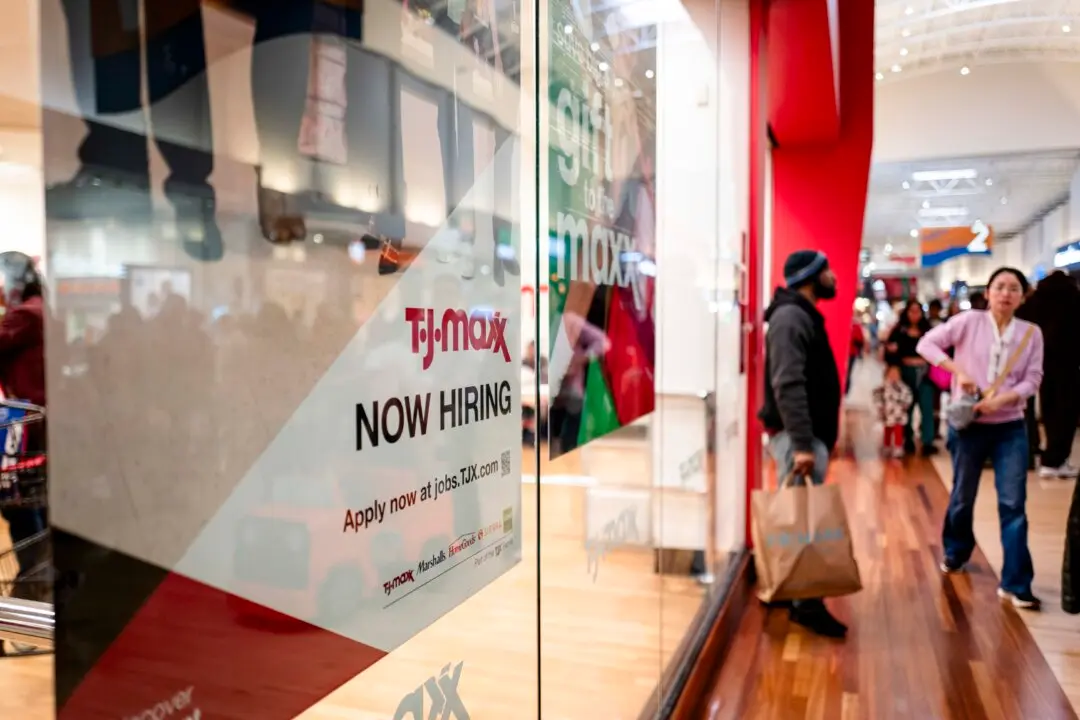Snap Inc., the parent company of Snapchat, will be terminating over 500 workers, becoming the latest tech company to lay off a large number of employees this year.
Snap justified the decision, stating that it was necessary to “best position our business to execute on our highest priorities” and to ensure that the company had the “capacity to invest incrementally to support our growth over time.”
The firm expects the pre-tax cost of layoff to be $55 million to $75 million, mainly consisting of severance and related costs and other charges. “The majority of these costs are expected to be incurred during the first quarter of 2024,” the company said in the SEC filing.
As job eliminations are subject to various local laws of each nation, the process could extend into 2024’s Q2 or beyond in some countries, it said.
Snap, which is dependent on ad publishing for revenues, also cautioned that the ad market remained volatile and that some of its clients had paused their advertising campaigns.
Tech Layoffs
Snap is the latest tech firm to join the layoff bandwagon this year. According to data from Layoffs.fyi, 130 tech companies have laid off 32,576 employees as of Feb. 6. In 2023, over 262,000 tech workers were laid off—an increase from 2022 when more than 165,000 employees were terminated.Last month, Google fired a few hundred employees from several of its divisions.
In a Jan. 30 announcement, PayPal said the firm would reduce its global workforce by roughly 9 percent to “right-size” its business.
Microsoft also recently revealed plans to lay off 1,900 employees from its Activision Blizzard and Xbox departments, representing 8 percent of the company’s gaming division workforce.
In an interview with Axios, Roger Lee, the creator of Layoffs.fyi, said that the current cycle of terminations can help reset the expectations of young tech employees.
He said that the view of the tech industry being a gateway to getting rich quickly was an “unrealistic” perception, with the idea born at a time of “excess.”
The job market has yet to bounce back fully, and many tech workers are finding it hard to find suitable roles, Mr. Lee stated.
Dorie Clark, an executive coach, told the outlet that tech firms were “rolling in money” and “desperate for tech workers” over the past 10–20 years.
When such conditions ended, executives were “psychologically unsettled,” she said, adding that many tech workers realized that their jobs were not “safe” in a permanent way.
However, not all companies laying off workers are in tight financial situations. Big firms like Amazon, Microsoft, and Meta have conducted mass layoffs over recent years despite being in a robust financial position.
Speaking to NPR, Jeff Shulman, a professor at the University of Washington’s Foster School of Business, called the situation a “herding effect in tech.”
“The layoffs seem to be helping their stock prices, so these companies see no reason to stop,” he said. Higher stock prices mean satisfied investors.
“They’re getting away with it because everybody is doing it. And they’re getting away with it because now it’s the new normal. ... Workers are more comfortable with it, stock investors are appreciating it, and so I think we'll see it continue for some time,” Mr. Shulman added.
“As we step into 2024, the landscape is shaped by stabilizing prices and the anticipation of falling interest rates. It is also an election year, and companies begin to plan for potential policy changes that may impact their industries,” said Andrew Challenger, senior vice president of Challenger, Gray & Christmas.
“However, these layoffs are also driven by broader economic trends and a strategic shift towards increased automation and AI adoption in various sectors, though in most cases, companies point to cost-cutting as the main driver for layoffs.”







